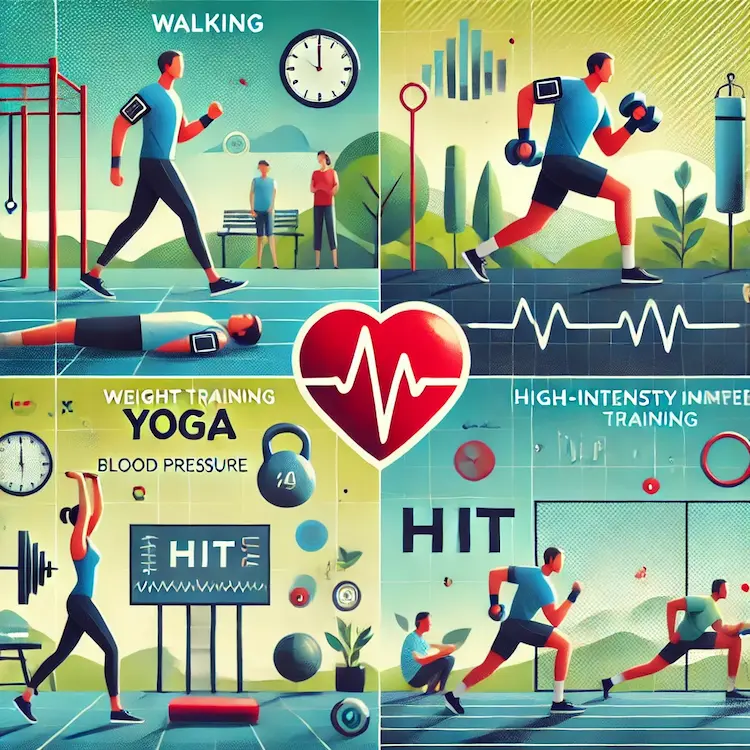Blood pressure is a critical health indicator, and maintaining optimal levels is essential for overall well-being. The relationship between physical activity and blood pressure has been widely studied, showing how exercise influences heart health and vascular function. Sphyg, a leading provider of medical equipment for health monitoring, plays a crucial role in ensuring accurate blood pressure measurements, helping individuals manage their cardiovascular health effectively.
This article delves into the effects of physical activity on blood pressure, its significance, statistical insights, and practical strategies for managing hypertension through exercise.
Blood pressure refers to the force exerted by circulating blood against artery walls. It is measured in millimeters of mercury (mmHg) and presented as two numbers:

High blood pressure (hypertension) increases the risk of:
On the other hand, low blood pressure (hypotension) can lead to dizziness, fainting, and shock in severe cases.
Regular physical activity strengthens the heart, allowing it to pump blood more efficiently with less force on arteries. This process leads to lower systolic and diastolic blood pressure levels over time. Exercise also helps with weight management, reduces stress hormones, and improves overall cardiovascular health.
According to the American Heart Association (AHA):
Not all exercises affect blood pressure in the same way. Below is a comparison of different types of workouts and their impact:
| Exercise Type | Effect on BP | Recommended Frequency |
|---|---|---|
| Aerobic Exercise (Walking, Jogging, Cycling) | Lowers BP significantly | 150 mins/week |
| Strength Training (Weightlifting, Resistance Bands) | Moderate BP improvement | 2-3 times/week |
| Flexibility & Balance (Yoga, Tai Chi) | Reduces stress-related BP spikes | 2-3 times/week |
| High-Intensity Interval Training (HIIT) | Quick BP reduction, enhances metabolism | 3-4 times/week |
While physical activity is crucial, other methods contribute to blood pressure control:
| Method | Benefits | Limitations |
|---|---|---|
| Exercise | Lowers BP naturally, improves heart health | Requires consistency & time commitment |
| Medication | Quick BP reduction | Possible side effects, long-term use risks |
| Dietary Changes | Reduces BP naturally, improves overall health | Needs discipline & dietary planning |
| Stress Management | Prevents BP spikes, enhances mental health | Requires lifestyle adjustments |

Sphyg offers clinically accurate blood pressure monitors that help individuals:
Physical activity is a powerful tool in managing blood pressure and improving cardiovascular health. By incorporating regular exercise and monitoring BP using reliable tools like Sphyg devices, individuals can take proactive steps toward better heart health.
Incorporate at least 30 minutes of exercise daily
Monitor BP before and after workouts using Sphyg
Follow a heart-healthy diet
Consult a doctor if BP readings fluctuate frequently